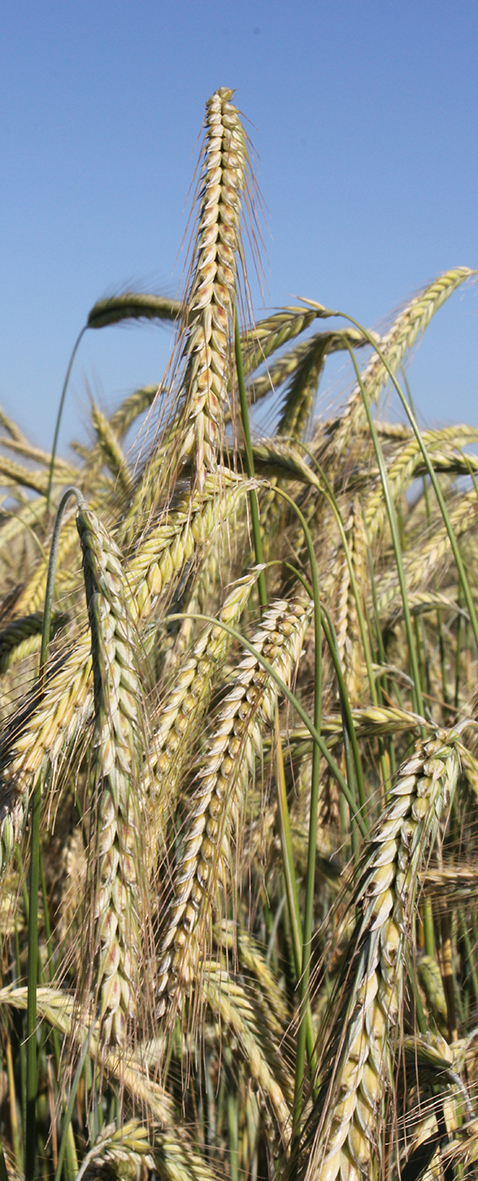 The systematic exploitation of heterosis by hybrid breeding is one of the most sustainable innovations in plant breeding. Heterosis was first described in detail by the american botanist and plant geneticist George Harrison Shull in 1908. In rye, the systematic exploitation of heterosis by hybrid breeding started around 1970 and the first hybrid rye varieties were released in 1984. The mating of genetically diverse, pure-bred lines that carry certain desirable traits result in uniform offspring that outperform open-pollinating rye varieties in grain yield and other agronomic traits.
The systematic exploitation of heterosis by hybrid breeding is one of the most sustainable innovations in plant breeding. Heterosis was first described in detail by the american botanist and plant geneticist George Harrison Shull in 1908. In rye, the systematic exploitation of heterosis by hybrid breeding started around 1970 and the first hybrid rye varieties were released in 1984. The mating of genetically diverse, pure-bred lines that carry certain desirable traits result in uniform offspring that outperform open-pollinating rye varieties in grain yield and other agronomic traits.
In the cross-pollinating rye, hybrid breeding is more flexible than population breeding in creating cultivars with specific traits. In 1983, five population cultivars covered 99.5% of the total rye seed multiplication area in Germany with the most popular variety having a share of 63.5% in total area. In 2018, the German Federal Plant Variety Office describes 32 registered winter rye cultivars for grain use in the descriptive variety list. Hybrids represent 72% of these cultivars. The five largest cultivars include two populations and three hybrids which altogether cover 63% of the seed multiplication area. Hybrid breeding, thus, supplements the opportunities to genetically improve this small grain cereal and triggers the increase of intraspecific biodiversity, i.e. the genetic component of biodiversity in rye.
